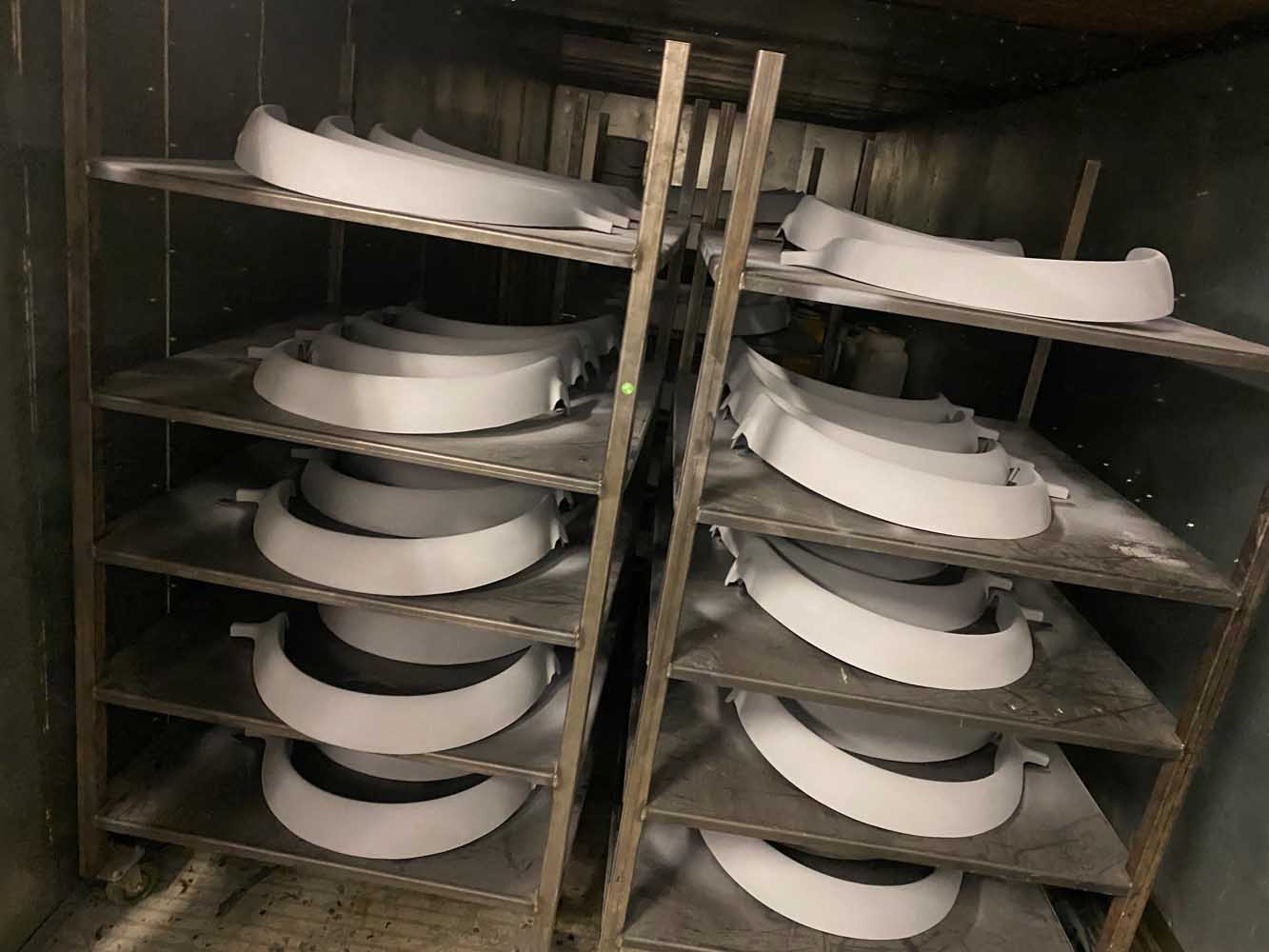Choosing the right surface finish can dramatically improve the life of your product. It’s one of the most effective ways to protect against wear, corrosion, and fatigue. In this guide, we show you how different finishes enhance product durability across applications.
What Is Surface Finish in Manufacturing?
Surface finish refers to the texture, smoothness, or coating applied to a material after it’s been shaped or machined. It includes the final surface profile as well as any protective treatments like plating, polishing, or painting.
But finishes aren’t just cosmetic. They protect materials from damage during use, especially when parts are exposed to harsh or changing environments. A poor finish can lead to early wear or failure, while a suitable finish improves long-term performance.
Learn more about available options on our Finishes page.
How Surface Finish Enhances Product Durability
Durability is about how well a product resists damage over time. Surface finish plays a key role in that.
- Prevents corrosion
Protective coatings shield metal from moisture, salt, and chemicals. - Reduces wear
Smoother finishes lower friction, which slows material loss in moving parts. - Improves fatigue strength
By reducing surface stress points, some finishes help prevent cracks from forming under repeated load.
A poor or inconsistent finish may go unnoticed at first but often results in early breakdowns, increased maintenance, or unexpected replacements.
What Are the Different Types of Surface Finishes?
There are many types of finishes, each with specific strengths. At ID Mouldings, we apply and advise on finishes that meet your functional and visual needs:
- Anodising
Common for aluminium, it boosts corrosion resistance and offers a clean, coloured finish. - Powder coating
Adds a tough, even outer layer that protects and improves visual appeal. - Polishing
Smooths the surface, reducing friction and enhancing shine for aesthetic or performance reasons. - Plating (zinc, chrome, nickel)
Strengthens surfaces and prevents corrosion. Often used where wear and moisture are concerns. - Bead blasting or sanding
Provides a uniform matte finish and can remove surface defects before final treatment.
A finish isn’t just visual—it’s a performance feature. Understanding how different finishes enhance product durability helps you make smarter decisions from the start. Dive deeper into our Finishes services.
How Do I Choose the Appropriate Surface Finish?
The best surface finish depends on the material, the working environment, and how the part will be used. Here’s a quick guide:
- Corrosive environments
Go for anodising, powder coating, or plating to prevent rust and chemical damage. - Moving parts
Choose polishing or low-friction coatings to minimise wear. - High visual standards
Powder coating and polishing improve appearance and feel. - Cost-sensitive projects
Select finishes that match the product’s required lifespan without overengineering.
If you’re unsure, contact ID Mouldings for tailored advice based on your project and industry.
Can Surface Finish Improve Wear and Corrosion Resistance?
Absolutely. Finishes are one of the most effective ways to extend the life of a part.
- Wear resistance
Smoother or coated surfaces slow down material degradation from contact and friction. - Corrosion resistance
Finishes seal off the base material from environmental damage, improving reliability and reducing the need for replacements.
Why Surface Finish Is Key to Long-Term Durability
A good finish isn’t just an afterthought. It’s part of the product’s performance. At ID Mouldings, we guide you through finish selection and application, making sure it works as intended from the start.
Visit our homepage to explore our full capabilities, check our Finishes page for details, or get in touch to start your next project.
Let me know when you’re ready for:
- SEO title + meta description
- Alt text and media title for the image
- Final Yoast clean-up if needed

